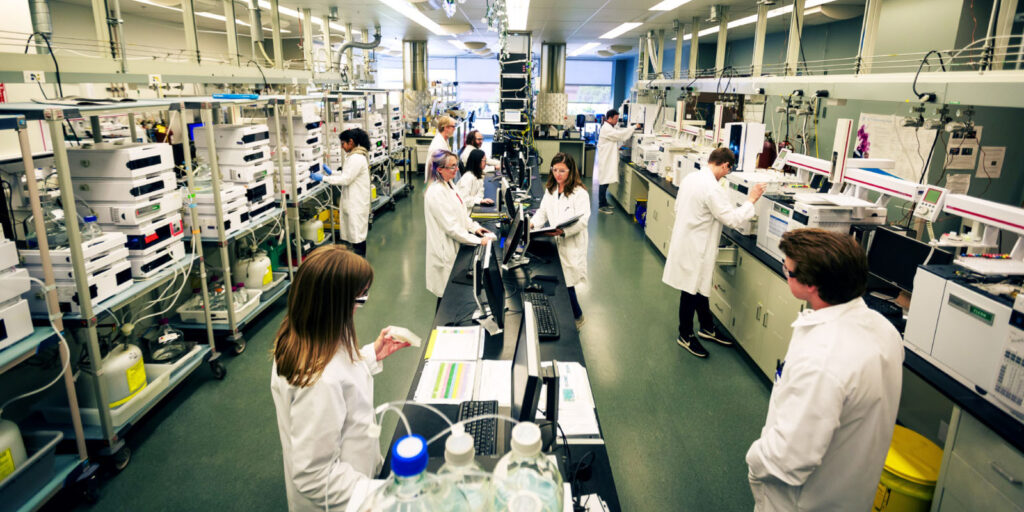A promising year has been shaping up for us at Amyris. We are extremely happy to be among the nominees for the awards of the Advanced Bioeconomy Leadership Conference (ABLC) and Biofuels Digest, one of the main global networks of dissemination and recognition in biotechnology. We have four projects on the “50 Hottest Projects in the Advanced Bioeconomy” list. Two of these finalists are based in Brazil and were nominated by external colleagues, which gives us a very special joy.
Operating in the country since 2009, Amyris has been using sugarcane to create more than 50,000 different molecules, with a wide variety of applications. In the ABLC and Biofuels Digest awards, the production of sustainable squalane (Amyris Brotas 2) and the production of sweetener Amyris Purecane Reb M are competing . There are two other competitors produced at our plant in Emeryville, California, the sustainable squalane for the production of vaccines and the hemisqualane from the JVN Hair line of hair products.
How we got here is a long story, driven by boldness and extreme attention to market changes and consumer trends. In order to properly tell it, it is important to go back to 1970, when biofuels were created. As defined by the US Department of Energy, biofuel is any type of green mass converted into fuel for transportation needs. When its first versions were developed, that was the only destiny of biofuel, but since then this word has given rise to a whole vocabulary of biological innovations.
In order to understand what has changed, it is important to talk about what has remained almost the same. When the first biofuels were created, we were in the midst of conflicts involving Arab countries that are members of OPEC (Organization of Petroleum Exporting Countries). Half a century later, here we are, once again looking for alternatives to petroleum-based fuels in the face of the risk of global shortages arising from the Russian invasion of Ukraine. It was also not very different from what we experienced in the early 2000s, in the Iraq War, except for the fact that the conflicts of the last few decades added to climate concern with more force and urgency. So what has changed? Basically, the place where we’ve been looking (and finding) most of the answers, in biotechnology.
It was exactly in 2000 that things began to change their meanings, the year of the decoding of the human genome, a revolutionary discovery. Amyris emerged three years after that, in a context in which genetic engineering was gaining ground and importance. Based on this growth, biofuels presented new powers and possibilities as the application of genetic modifications and the combination of microorganisms and plant raw materials allowed the generation of alternative energy. The company dedicated itself to biofuels in its initial phase. But the difficulty in creating options capable of gaining scale at competitive prices led to a reprogramming of the route.
Gradually, biofuels were converted into other products, and Amyris spread its activity to consumer items, especially cosmetics and personal care lines created using biotechnology. In 2015, we launched our first brand, Biossance, dedicated to sustainable skincare, whose portfolio is based on replacing squalene extracted from sharks with a plant-based alternative, squalane.
Next year, we will complete twenty years of activity, proving that it is always possible to innovate by creating profitable businesses in harmony with nature and with great conviction that a sustainable future involves science and technology.
Discover our story: https://amyris.com
*Camila Farnezi is a member of the MuCA Board. She is the director of Biossance in Latin America and responsible for the launch and management of the Californian skincare brand, pioneer in Clean Beauty through biotechnology – cosmetics of natural and sustainable origin, produced from bio-identical molecules derived from the natural fermentation of sugarcane. Before joining Amyris Inc in 2017 – American biotech company that owns Biossance –, her trajectory through different universes and her multidisciplinary profile encouraged her to use creativity and analytical thinking skills as a source of transformation through awareness.
